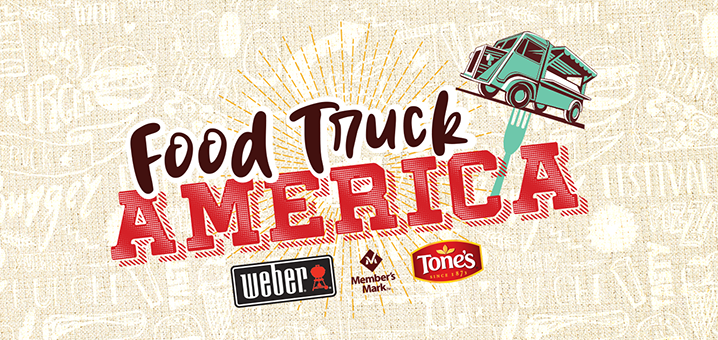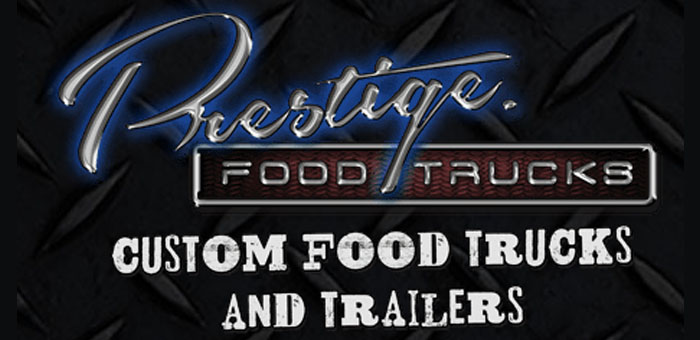Most food truck product ideas that fail do so because they are never synchronized with a well thought out ‘Menu Execution Strategy!’ Since “ideas” are a dime a dozen, rarely do menu ideas cause a food truck failure. Rather, most menu ideas sink because they are supported by a weak menu execution strategy – and the same could be said for many QSR menu product failures.
Origin of food truck menus
I trust that we can agree that most food truck ideas originate from either a Mom’s, Grandmother’s, or family heirloom recipe. The same principle also applies to ethnic product recipes like Korean BBQ ribs. Unfortunately, most of these recipes are limited in scope such as one or two products – which is not enough to make a menu to build a brand around. A stronger brand, and the execution of new products, translates into a stronger business strategy and financial model.
Food truck comfort foods
A second driving characteristic of food truck menus is the concept of ‘comfort foods.’ Comfort foods reflect those menu items that have a degree of flavor familiarity, contain locally grown ingredients, contribute to eating indulgence (without guilt), and provide a “one-up” eating experience.
Menu execution mistakes
New food truck operators can significantly improve their business bottom line profits through avoiding the following food menu execution pitfalls:
- Resist the urge to sell large numbers of core products. Instead, build a menu around a limited number of core protein-based products like chicken, seafood, beef and pork. Remember that core protein products also represent the highest food costs, and the highest end-of-day food cost if they are not sold. The driving principle is to manage down core protein food product availability, portion size, and food costs.
Find the entire article by Darrel Suderman at Pizza Marketplace <here>




